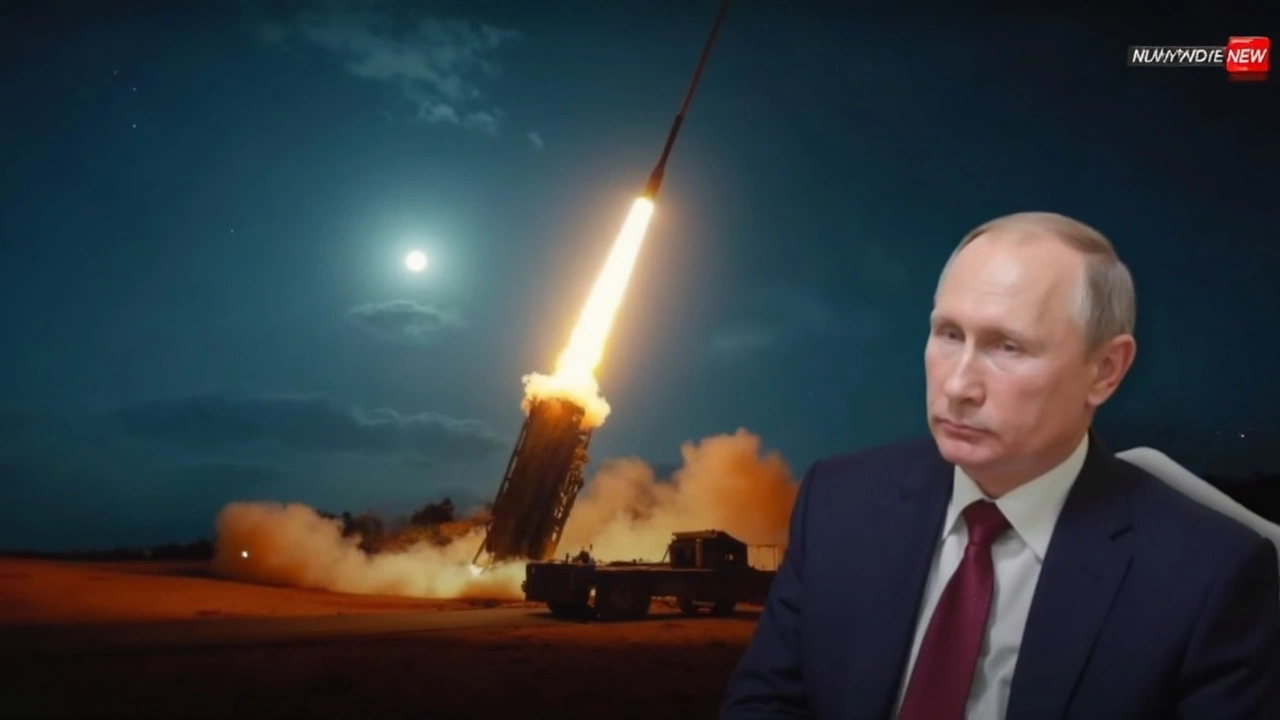Global Security
When talking about global security, the set of measures, policies, and technologies used to protect nations, organizations, and individuals from threats that cross borders. Also known as international security, it blends political, military, and technological elements to keep societies safe.
Key Pillars of Modern Protection
One of the biggest building blocks is cybersecurity, the practice of defending computers, networks, and data from unauthorized access and attacks. It’s often called InfoSec. terrorism, the use of violence or intimidation to achieve political aims pushes governments to design robust defence strategies, long‑term plans that allocate resources, set priorities, and outline military postures. Finally, crisis management, the coordinated response to emergencies ranging from natural disasters to security breaches ties everything together and ensures a swift, organized reaction when something goes wrong.
These pillars don’t exist in isolation. Global security encompasses cyber defense, meaning that protecting digital assets is now as critical as guarding borders. When a cyber‑attack disables power grids, it triggers a crisis that tests a nation’s crisis management capabilities. Likewise, terrorism influences defence spending, forcing policymakers to invest in both hard‑strike capabilities and intelligence‑gathering tools.
Real‑world events illustrate how these concepts overlap. The upcoming anti‑terror film “Ground Zero” highlights the human side of counter‑terror operations, reminding us that public awareness shapes policy. In the sports arena, massive events like the IPL require intricate crowd‑control plans, stadium security sweeps, and live‑feed monitoring to prevent disruptions—an everyday example of crisis management in action.
Technology advances also reshape the security landscape. Artificial intelligence now scans network traffic for anomalies, while drones patrol borders, offering new layers of defence. These tools feed directly into defence strategies, allowing militaries to shift from reactive postures to proactive deterrence.
Regionally, South Asia faces a mix of traditional and unconventional threats. Border tensions, cyber espionage, and extremist networks create a complex risk matrix. Nations respond by tightening cyber laws, boosting joint military exercises, and establishing rapid‑response crisis units that can be deployed across state lines.
Below you’ll find a curated collection of articles that dive deeper into each of these areas—from the latest cyber‑attack trends and counter‑terrorism tactics to defence budget analyses and crisis‑response case studies. Browse through to see how global security is being shaped today and what you can do to stay informed.
